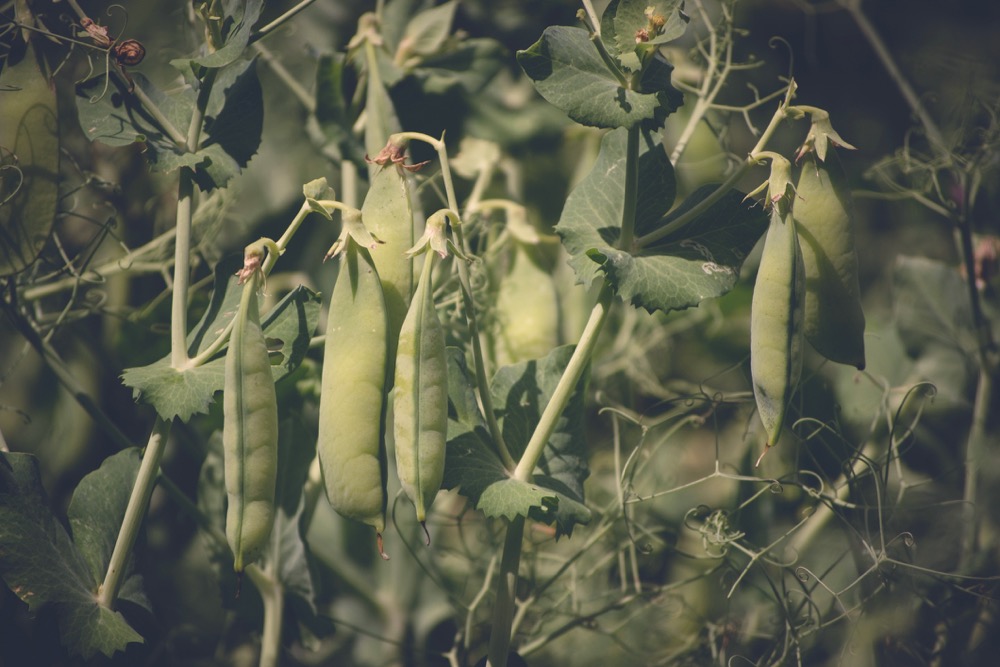Crop disease has taken some of the upside off what may still be a record-large Canadian canola crop, while prospects for spring wheat are promising, as Western Canada looks to be a global farm bright spot in a year marked by severe drought.
Western Canadian crops survived intense summer heat thanks mainly to spring rains keeping sub-soils and plant roots moist.
"The crop is strong in Western Canada, but we’re seeing signs of disease come into the canola crop, and more disease than the guys anticipated," said Robert Saik, CEO of Agri-Trend Group of Companies in Red Deer, Alta.
Read Also

Pulse Weekly: Yields coming into focus
Provincial agricultural departments are reporting pulse yields higher than Statistics Canada’s September estimates.
Drought withered corn and soybean harvests first in South America, then in the key U.S. Midwest, and wheat output in the Black Sea region has also suffered from dry conditions, pumping up grain prices this year.
Sclerotinia, a fungus that can rot the canola plant’s stem and reduce yield, has raised concerns in south-central Saskatchewan, while early harvest results from Manitoba suggest canola yields aren’t as robust as expected, Saik said.
Spring wheat doesn’t appear to have any serious quality issues, but canola has run into some disease problems, said a grain industry source.
While crops look to be bigger than in either of the last flood-ravaged years, some pockets of the Prairies got too much or too little rain early in the growing season and intense heat scorched some crops in July.
"We’re going to get decent yields, but I think some of this excess moisture, and excess heat in some other areas has caused some problems," the grain industry source said. "We’ll just have to see, but I don’t think we’re going to see a bin-buster."
Canada is the seventh-largest wheat producer, and the top exporter of spring wheat for baking and durum wheat for pasta production. It’s also the world’s biggest shipper of canola and oats.
Saik said spring wheat yields should rise year over year, but his agronomists have noted aster yellows disease in some wheat and canola crops, causing disappointment for some farmers in northeastern Saskatchewan and northwestern Manitoba.
"Just beginning"
Crop prospects vary across the Prairies, but are generally good, said analyst Jonathon Driedger of FarmLink Marketing Solutions.
The harvest is under way in Manitoba and just getting started in Saskatchewan and Alberta, the two biggest wheat- and canola-growing provinces.
"At this point, canola appears to be the most susceptible for a disappointing result, but harvest is only just beginning in southern Manitoba and most of the rest of the Prairies are still a few weeks away," he wrote in a weekly crop condition update to clients on Friday.
Statistics Canada estimates above-average yields of canola and spring wheat in Western Canada, using an experimental analysis of low-resolution satellite data, the Crop Condition Assessment Program.
Statscan estimates record canola production of nearly 16.1 million tonnes in Western Canada, based on an average yield of 34.2 bushels per acre. Spring wheat yields look to average 41.5 bushels per acre, producing about 19.1 million tonnes.
The government agency will issue its more closely watched first production estimates based on a farmer survey on Aug. 22.
Environment Canada is forecasting rain for early to mid-week in much of the Prairies, potentially slowing the harvest.
— Rod Nickel writes for Reuters in Winnipeg.















